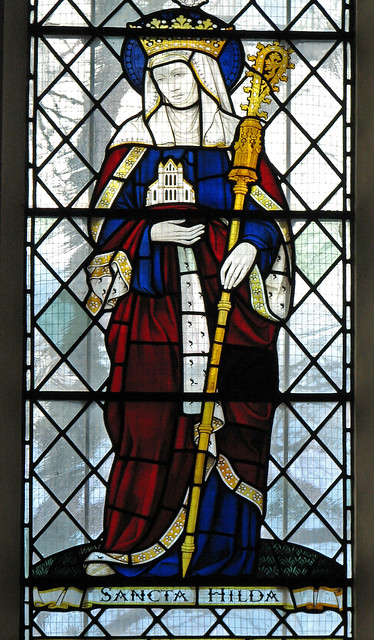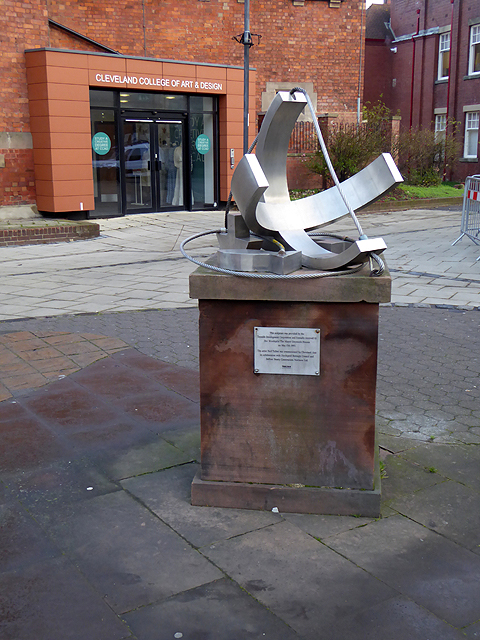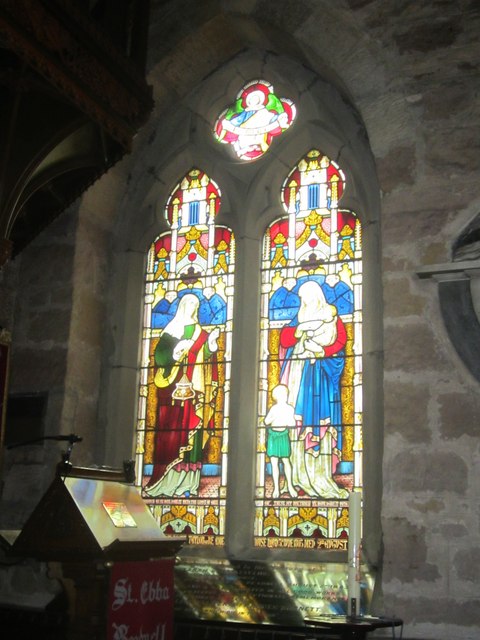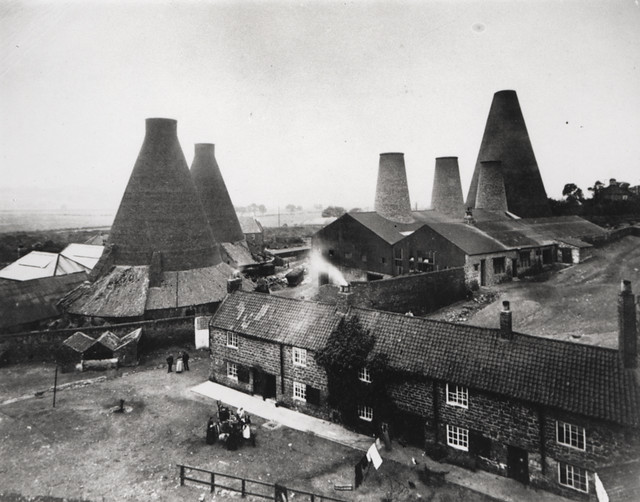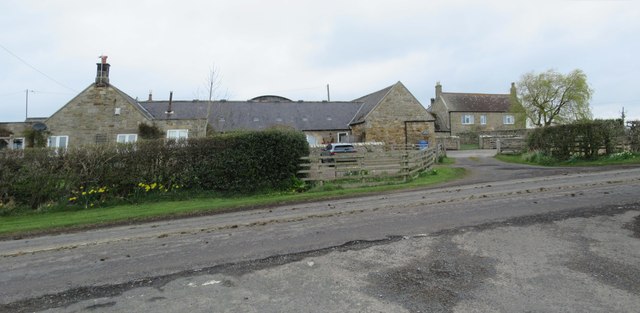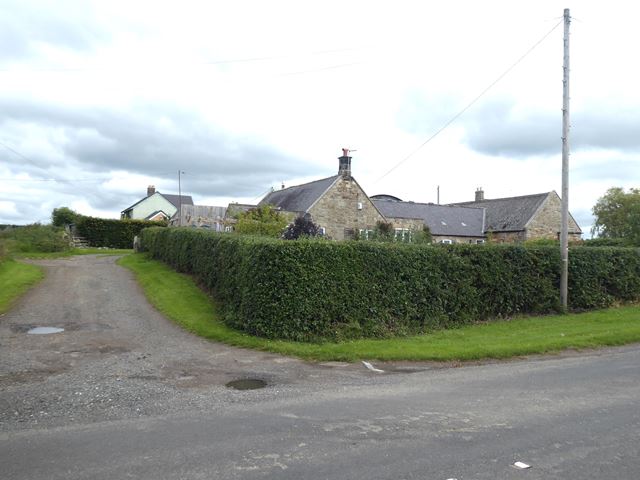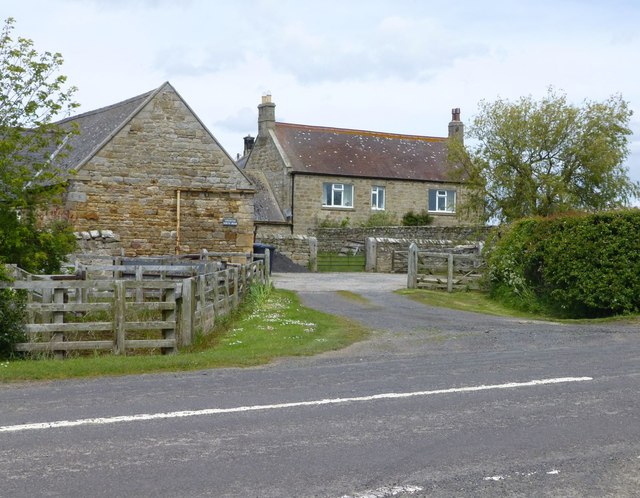St Hilda

-
Description
Saint Hilda, or Hild, to give her the correct Anglo Saxon name, meaning "battle", was born in 614AD into the Royal house of Northumbria. She was initially put in charge of a small group of women who were also aspiring to the religious life, at a small house on the River Wear. It was speedily realised by Bishop Aidan that she was ready for wider responsibilities and the opportunity soon presented itself. There was a much larger and fully established religious house of women at Hartlepool whose Foundress, Bega, was founding a new house at Tadcaster and Hild was called to take her place as Superior, and she was at Hartlepool when she received her final call. In 657 Hilda moved to Whitby with her royal charge Elfleda and formed another double monastery for men and woman on the imposing headland site on the east side of the mouth of the river Esk. It was at Hilda's monastery that the great Synod of Whitby took place in 664. This image of St Hilda is from the west window of the chapel built in 1905-7 by Comper for the All Saints Sisters of the Poor, an Anglican congregation, who administer St John's Home for the elderly in east Oxford. She is shown holding the abbey of Whitby. -
Owner
Lawrence OP -
Source
Flickr (Flickr) -
License
What does this mean? Attribution-NonCommercial License
-
Further information
Link: https://www.flickr.com/photos/35409814@N00/413692965/
Resource type: Image
Added by: Splat
Last modified: 8 years, 4 months ago
Viewed: 1132 times
Picture Taken: 2007-03-07T16:00:30 -
Co-Curate tags
